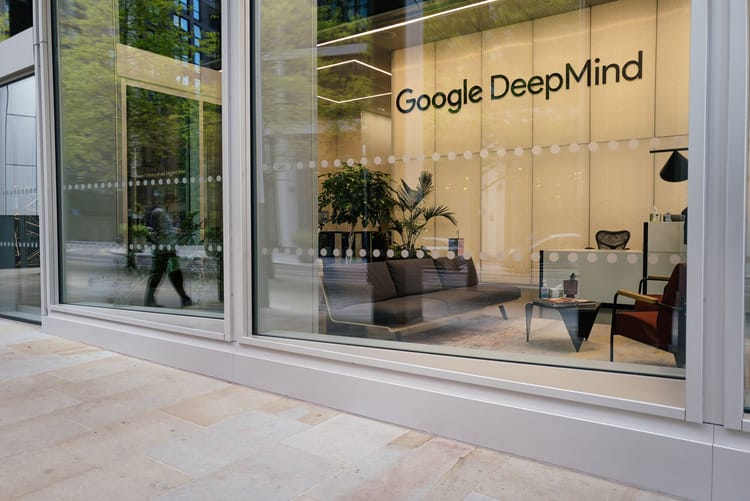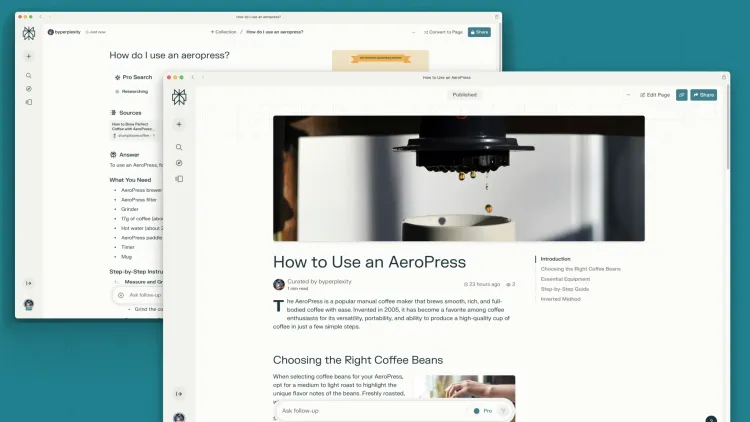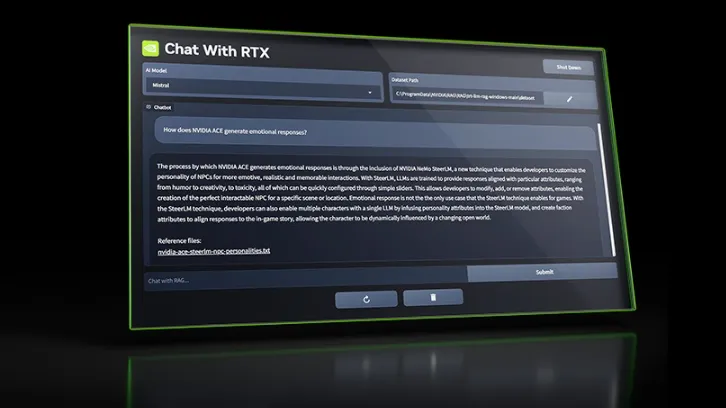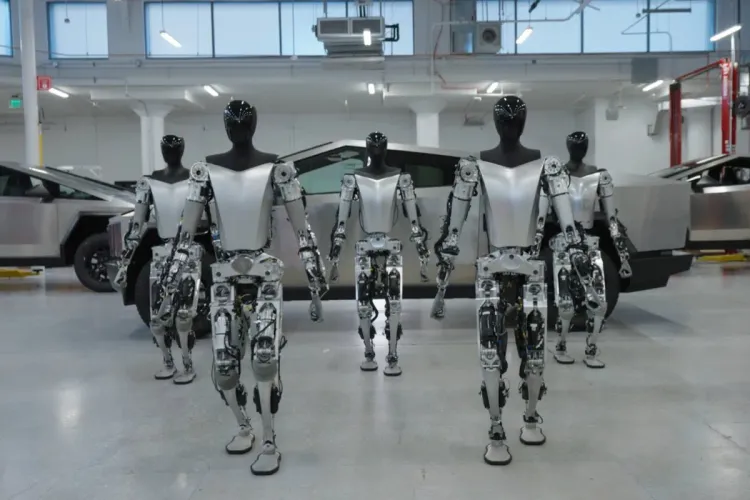The Urgent Need to Identify AI-Generated Content: Safeguarding Truth in the Age of Deepfakes

The rapid development of artificial intelligence (AI) has led to the emergence of AI-generated content, a phenomenon that has far-reaching implications for the world of media, communication, and information. While AI-generated content offers immense opportunities for innovation and creativity, it also raises concerns about the potential for misinformation, manipulation, and deception. This blog post will explore the critical need to identify AI-generated content and discuss the challenges and solutions in this new era of digital communication.
The Rise of AI-Generated Content
AI-generated content spans various forms, including text, images, audio, and video. Machine learning algorithms such as GPT-3 have demonstrated the ability to generate coherent and contextually relevant text, while deepfake technology has made it possible to create realistic images and videos of people saying or doing things they never did. This development has made it increasingly difficult for users to distinguish between genuine content and content generated by AI.
The Threats of AI-Generated Content
The proliferation of AI-generated content poses significant threats to individuals, organizations, and society at large. Some of these threats include:
- Misinformation and Disinformation: AI-generated content can be used to spread false information, manipulate public opinion, and fuel conspiracy theories, undermining trust in media and democratic institutions.
- Identity Theft and Fraud: Deepfakes can be used to impersonate individuals for malicious purposes, such as defrauding businesses or conducting social engineering attacks.
- Invasion of Privacy: AI-generated content can be used to create fabricated images or videos that invade people's privacy, leading to reputational damage and emotional distress.
- Political Manipulation: AI-generated content can be weaponized to create fake news, smear campaigns, or propaganda, influencing elections and destabilizing political systems.
The Need for AI Content Identification
Given these threats, there is a critical need to identify AI-generated content to maintain the integrity of information, protect individuals and organizations from malicious actors, and uphold democratic values. Identifying AI-generated content can help users make informed decisions about the credibility of the information they encounter, enabling them to navigate the digital landscape with greater confidence and discernment.
Challenges and Solutions
Detecting AI-generated content presents several challenges, as the technology continues to evolve and become more sophisticated. Some of the key challenges include:
- Evolving Algorithms: As AI algorithms improve, the distinction between AI-generated and genuine content becomes increasingly blurred, making detection more difficult.
- Scale: The sheer volume of digital content makes manual identification and verification a daunting task.
To address these challenges, researchers and technologists are developing various solutions, such as:
- AI-based Detection Tools: Machine learning models can be trained to identify AI-generated content by analyzing subtle patterns, inconsistencies, and artifacts that are often imperceptible to the human eye.
- Digital Watermarking: Embedding imperceptible watermarks in content can help trace the origin of AI-generated content and verify its authenticity.
- Collaboration and Awareness: Platforms, organizations, and individuals must collaborate and share knowledge about AI-generated content and the tools and techniques to identify and counteract it.
Conclusion
The advent of AI-generated content has introduced unprecedented challenges to the world of media and communication. Identifying and distinguishing between genuine and AI-generated content is crucial to safeguarding truth and maintaining trust in the digital age. By investing in research, developing innovative solutions, and fostering collaboration, we can tackle the threats posed by AI-generated content and protect the integrity of information in our increasingly connected world.






Member discussion